News
Latest News
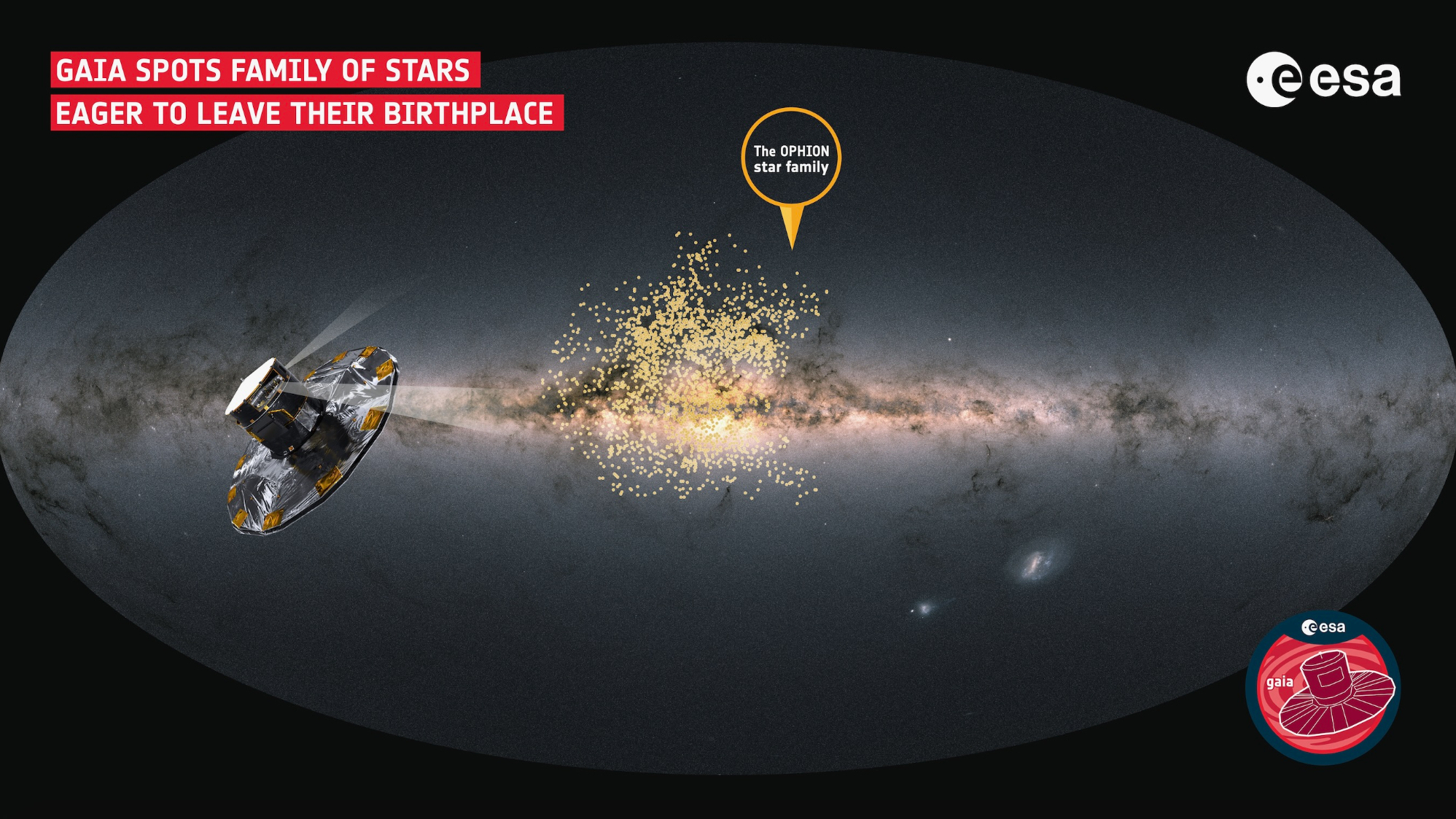
A thousand stars are fleeing home in a hurry, and scientists don't know why
By Keith Cooper published
Data from Europe's Gaia spacecraft have revealed that a cluster of 1,000 stars is breaking up much faster than is normal, stumping astronomers.
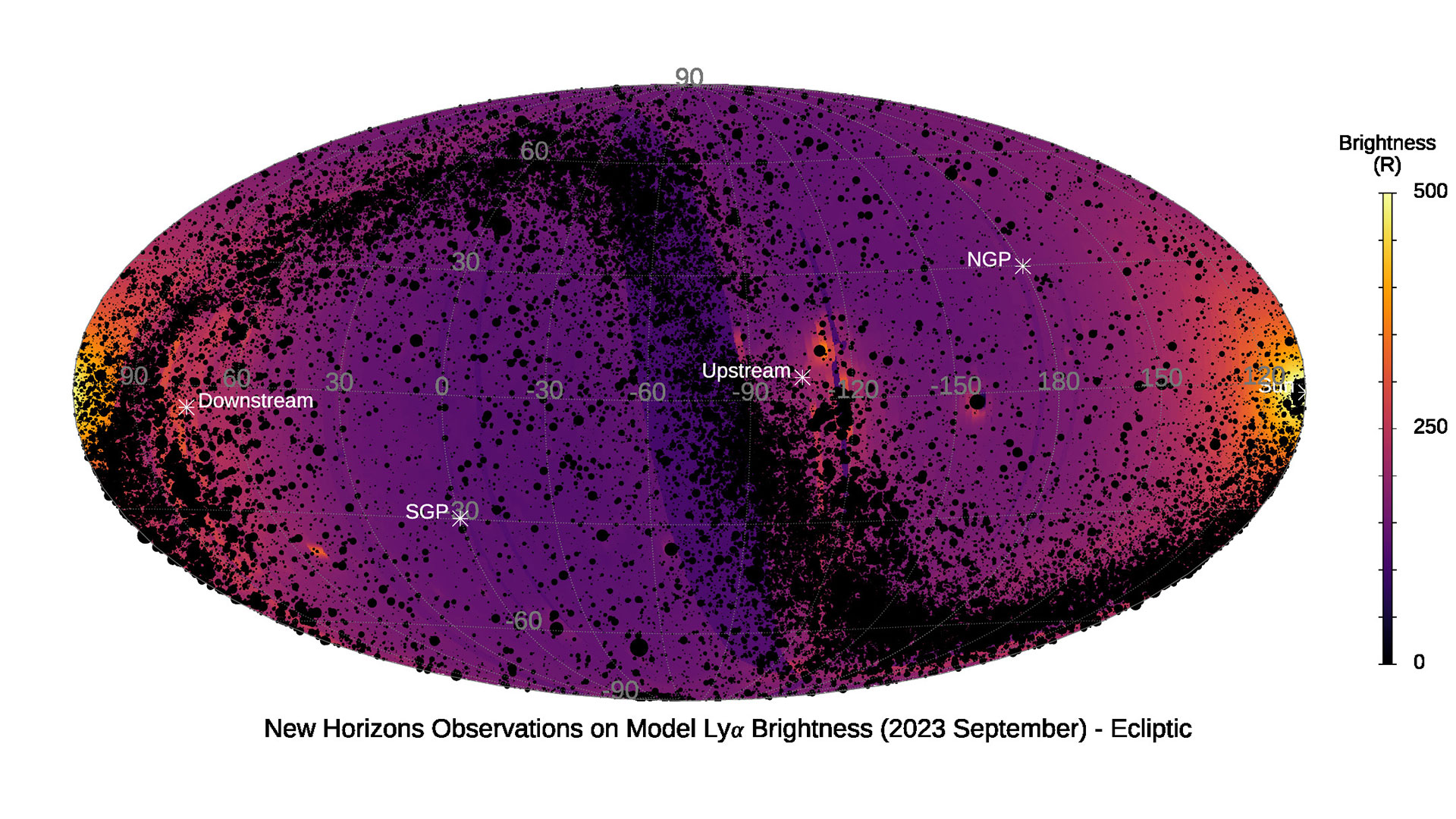
New Horizons' new map of the galaxy | Space photo of the day for April 30, 2025
By Robert Z. Pearlman published
Extensive observations by NASA's New Horizons mission have resulted in the first-ever map of the galaxy in an ultraviolet wavelength.
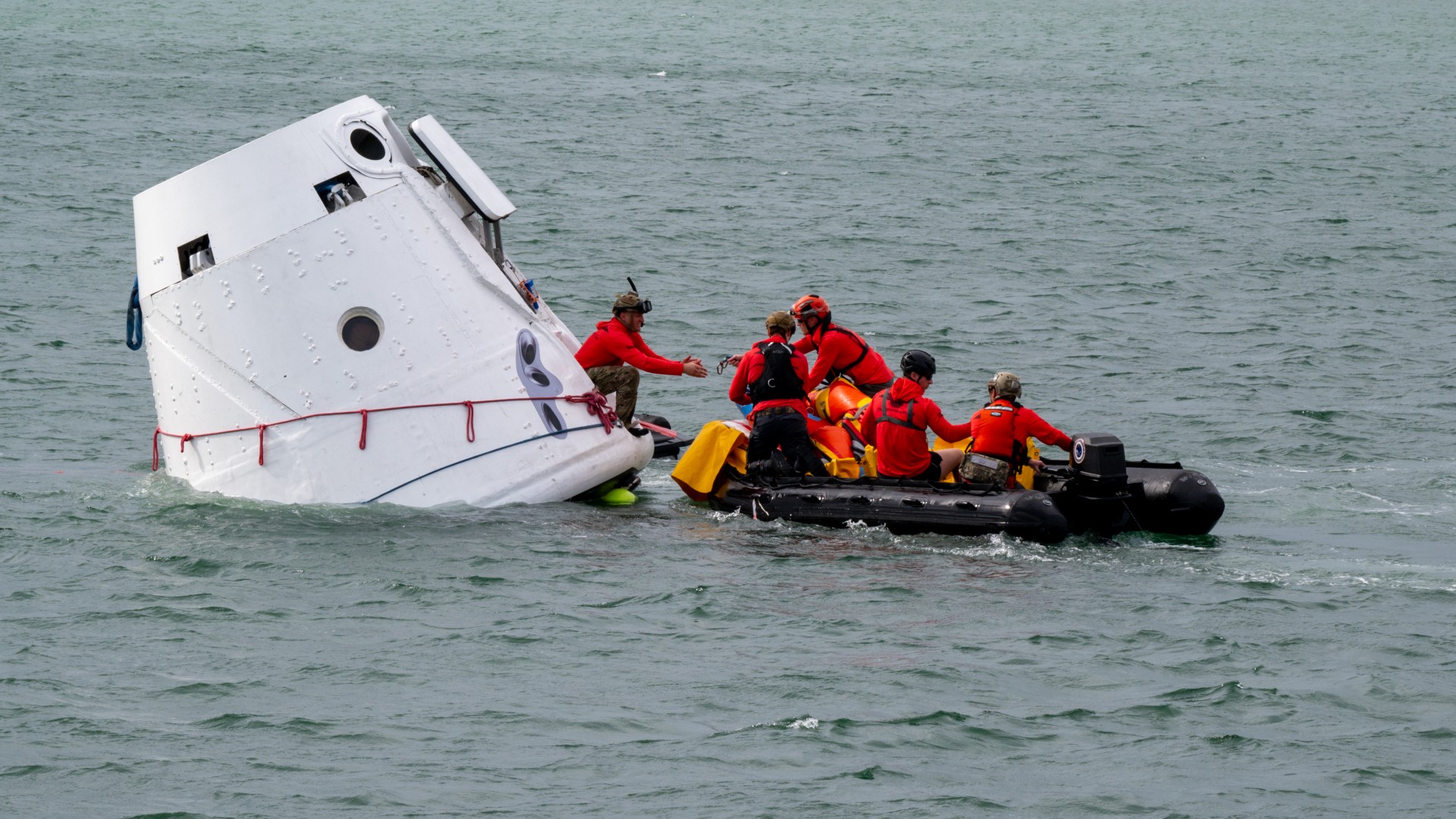
NASA is looking to privatize astronaut rescue services
By Brett Tingley published
NASA is asking private industry and academia for ideas for new rescue services for its astronauts on Earth in the event of emergencies.
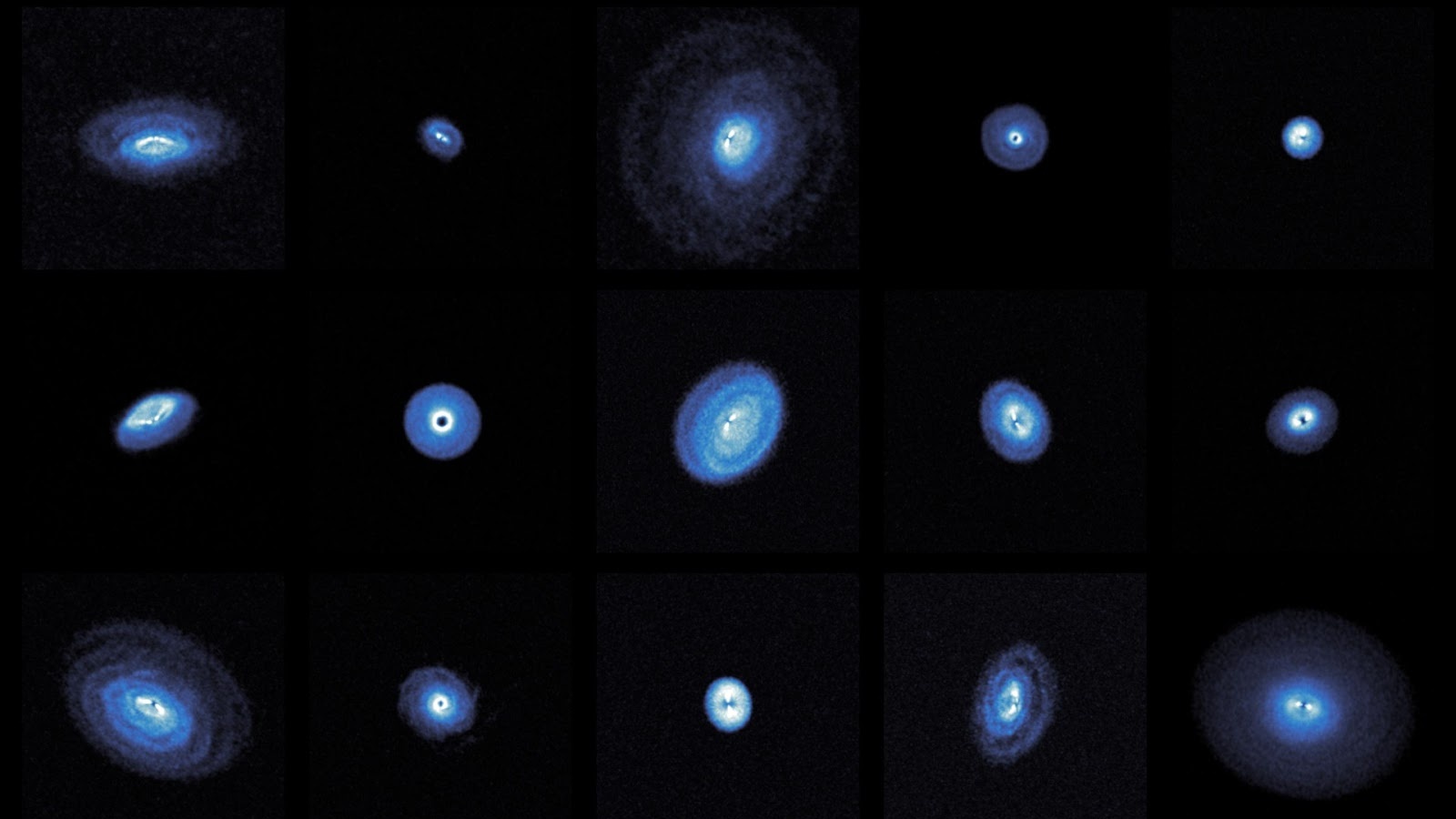
These are the sharpest images yet of planets being born around distant stars
By Sharmila Kuthunur published
Astronomers have captured the sharpest, most detailed images yet of young solar systems where planets are just beginning to take shape.

These ARE the Lego Star Wars deals you're looking for
By Paul Brett published
Deals Here's our roundup of the biggest savings and discounts you can make on the best Lego Star Wars sets as May 4th approaches.
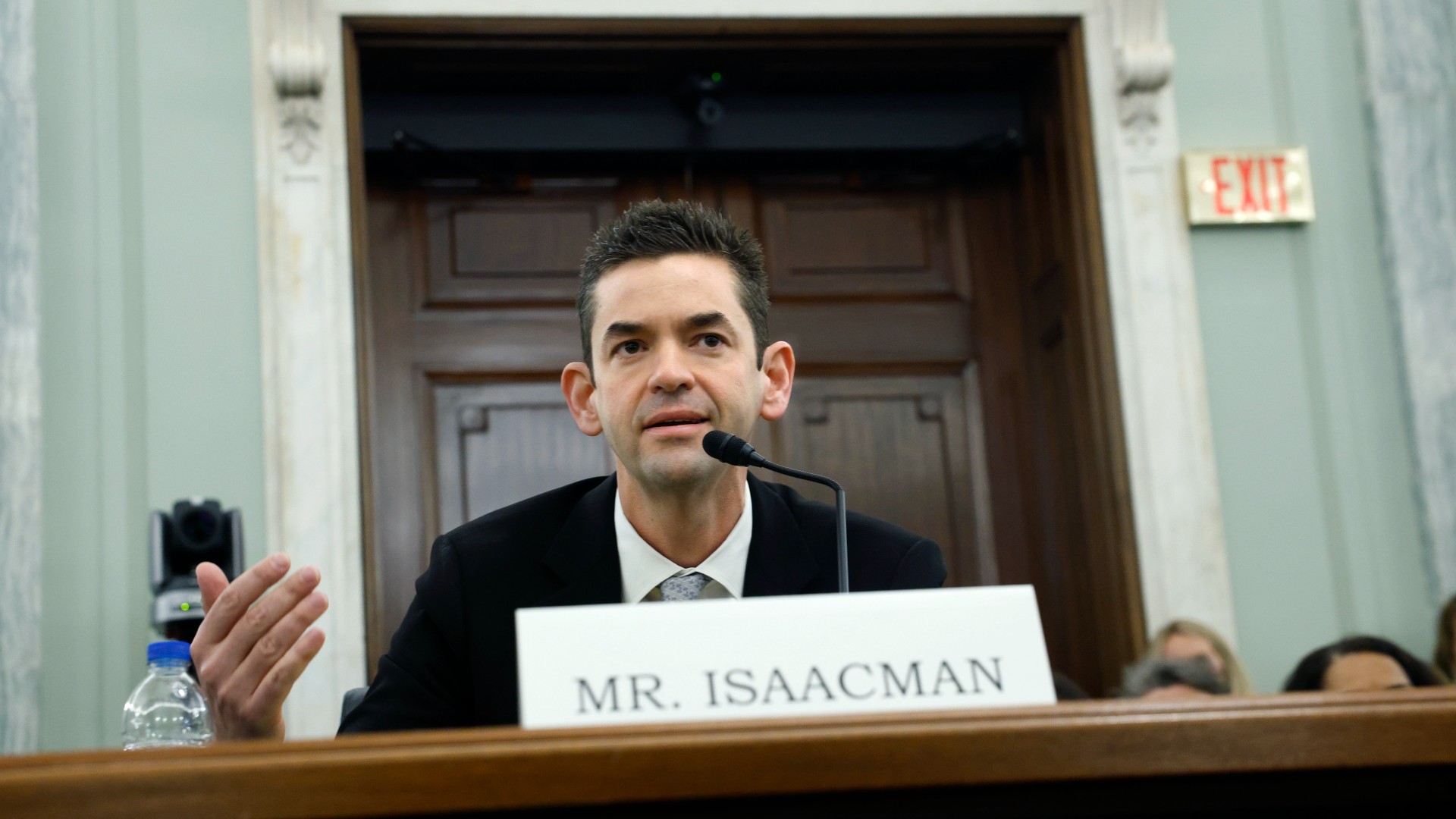
Senate committee advances Trump's nomination of Jared Isaacman for NASA Chief forward
By Josh Dinner last updated
The U.S. Senate Committee on Commerce, Science, and Transportation voted to forward Jared Isaacman's confirmation as the new NASA administrator.

You really need to check out 'Moonrise', Netflix's awesome new sci-fi anime from the director of 'Attack on Titan'
By Jeff Spry published
Earthlings take on a lunar revolution in this exhausting-but-ambitious sci-fi spectacle
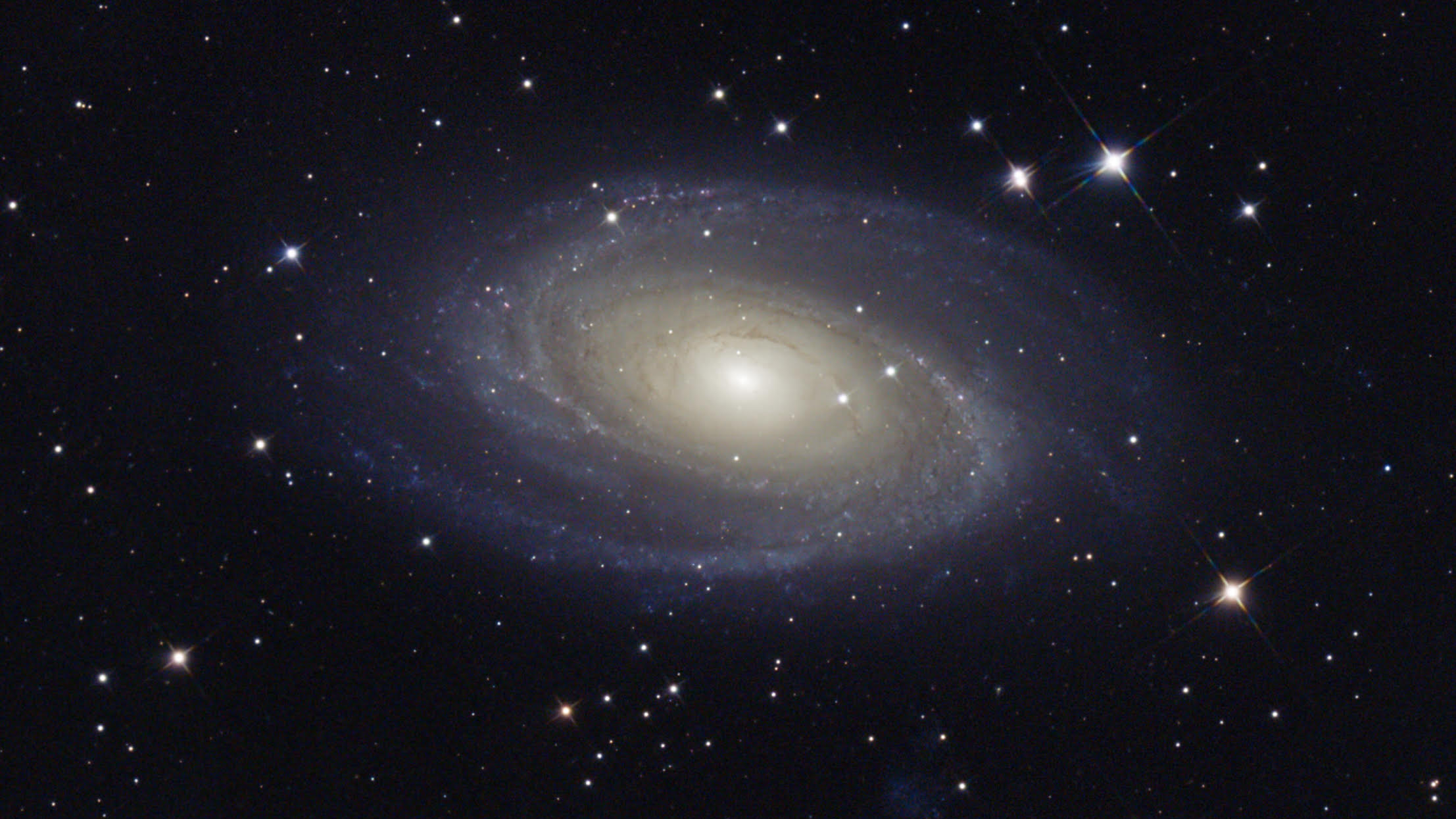
Amateur astrophotographer captures gorgeous view of Bode's galaxy from Death Valley
By Anthony Wood published
Amateur astrophotographer Joel Martin captured this stunning view of Bode's galaxy in February this year during a stargazing festival in Death Valley, California.
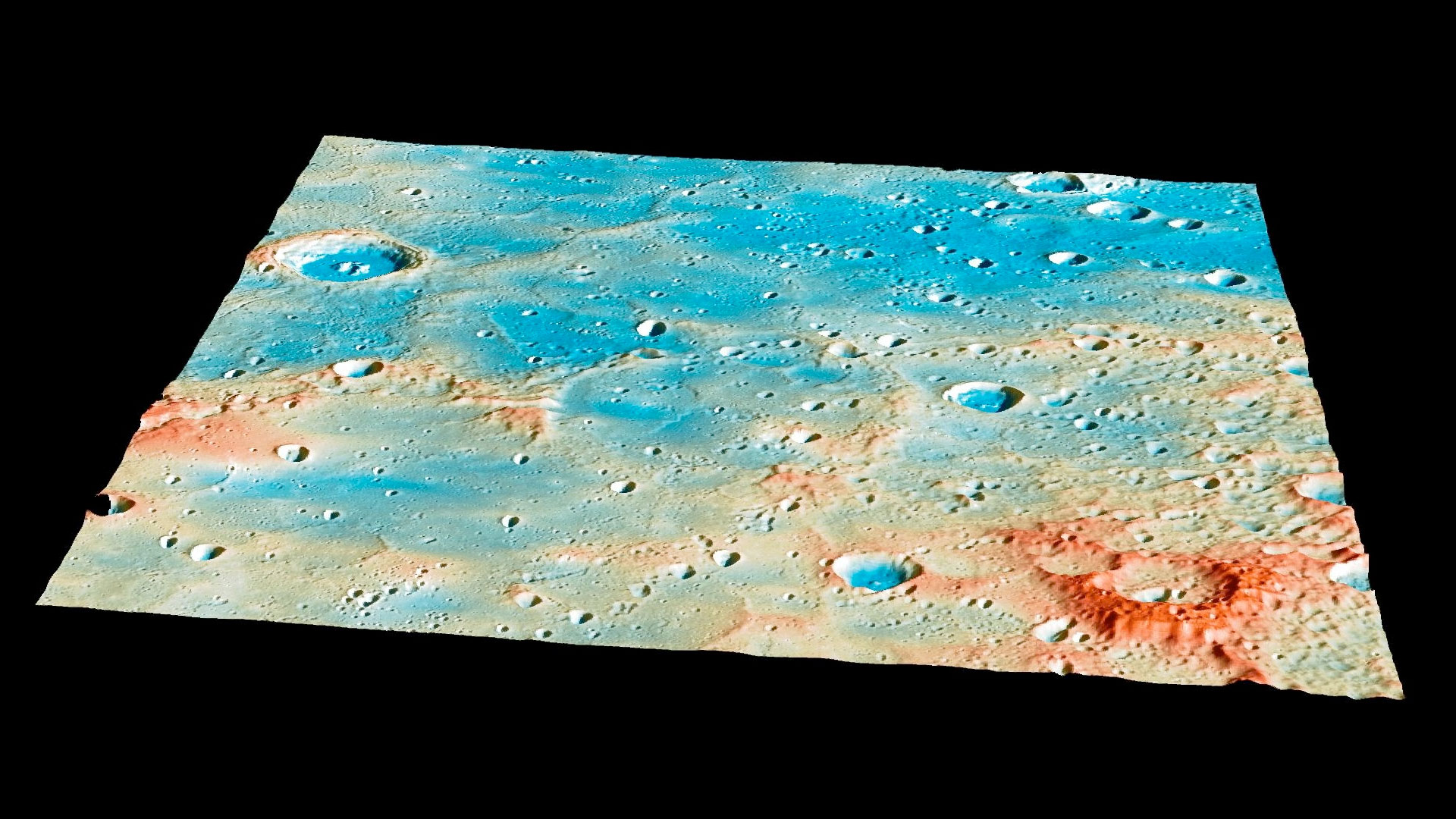
On this day in space! April 30, 2015: MESSENGER spacecraft crashes into Mercury
By Hanneke Weitering last updated
On April 30, 2015, NASA's MESSENGER Mercury mission came to an end when the spacecraft intentionally crashed into the surface of the small, rocky planet.

John Lithgow to launch into life of Apollo 11 astronaut in new podcast 'BUZZ'
By Robert Z. Pearlman published
Having explored the 'third rock from the sun,' John Lithgow is heading for its moon. The actor is set to star in the new podcast "BUZZ" about the life of one of the first humans to land on the moon.
Get the Space.com Newsletter
Breaking space news, the latest updates on rocket launches, skywatching events and more!